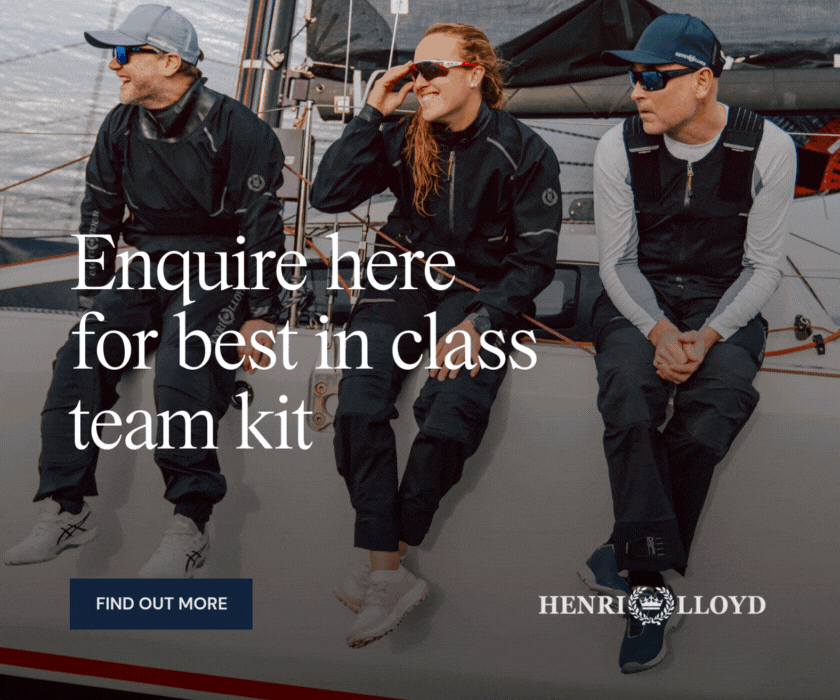
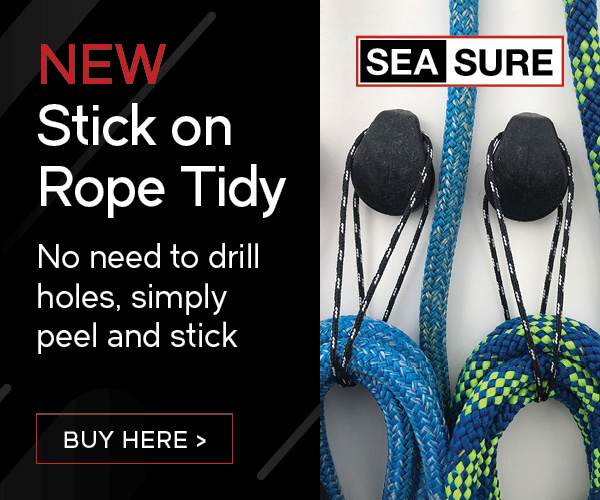


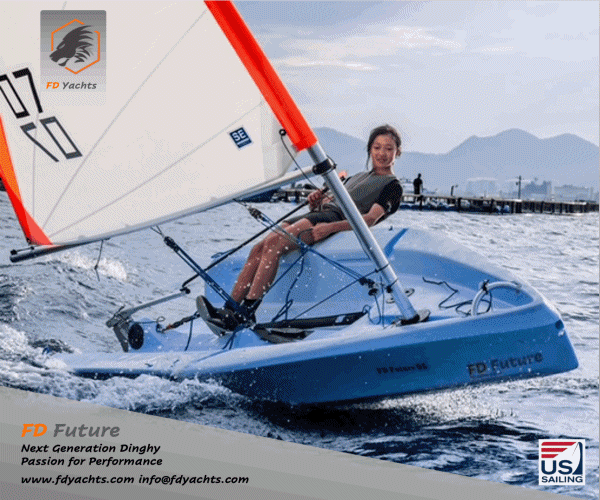




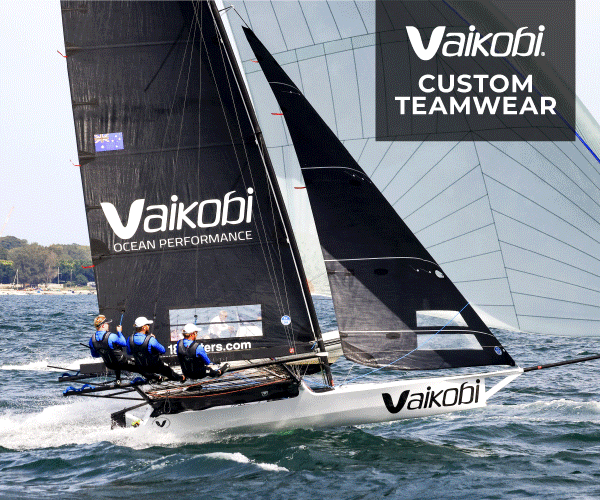
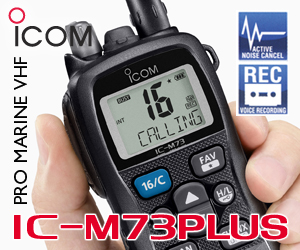
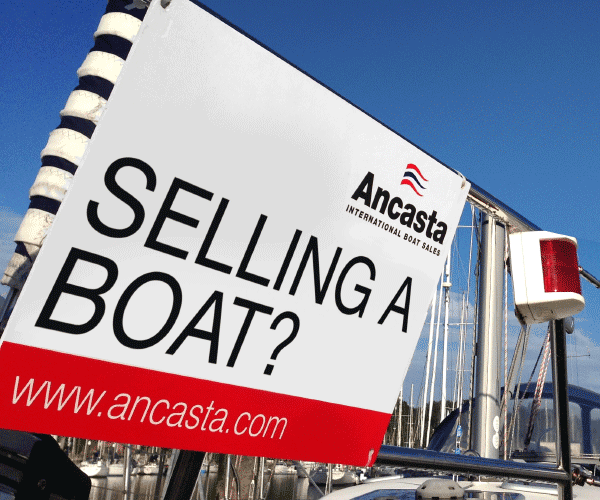

Boats for sale
| Rossiter Pintail Mortagne sur Gironde, near Bordeaux |
 |
| Laser 140101 Tynemouth |
 |
| Laser 28 - Excellent example of this great design Hamble le rice |
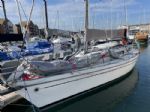 |
List classes of boat for sale |
V Twin |
Post Reply 
|
Page <1 9192939495 142> |
| Author | |
blaze720 
Really should get out more 
Joined: 28 Sep 05 Location: United Kingdom Online Status: Offline Posts: 1635 |
 Post Options Post Options
 Quote Quote  Reply Reply
 Topic: V Twin Topic: V TwinPosted: 24 Apr 12 at 4:12pm |
|
I'm afraid I again suggest you ignore Mike L's minimum weight minimum
diameter topmast. I was lost on the logic that it holds less water. It
will certainly hold less air/buoyangy which is what you need initially.
Oldbarn ... more than half the problem is recovery FROM inversion. Most boats will get there on occasion. If you try and support /raise say 4 liters of water rather than 1.5-2 liters within a 6m or 7m mast you will find out what a significant difference it makes. There is a LOT of leverage against you especialy when all the additonal rigging associated with a 2 or 3 sail rig. The Vortex mast is also a bit of a clunker, and you will capsize less ofted with a low drag lightweight mast as well but that is not the main point being made. You will not completely STOP a mast flooding unless completely sealed when the top is 6 or 7 metres down either so it is better / safer or assume flooding as a reality if inverted for very long and have a related answer to the problem. Sure you wan to avoid inversion in the first place but inversion is NOT the real problem here ... it is recovery from inversion. A winged boat will 'trip' to inverted more readily if the tramps catch wind and wave (hence all the netting and string around !) than say your wingless Alto if not caught reasonably quickly in a breeze - so you really have got to be able to right from inverted without too much drama from a potential 'mast flooded' starting point. If club sailors cannot do it with relative ease you have a whole host of problems to face .... and questions to pose. Mike L. |
|
 |
|
2547 
Really should get out more 
Joined: 11 Aug 11 Online Status: Offline Posts: 1151 |
 Post Options Post Options
 Quote Quote  Reply Reply
 Posted: 24 Apr 12 at 5:08pm Posted: 24 Apr 12 at 5:08pm |
|
Try filling your mast with ping pong balls ... they are light weight, cheap and will allow for halyards to pass and the mast to bend. You wont fill the entire volume but it will make a difference. |
|
 |
|
RS400atC 
Really should get out more 
Joined: 04 Dec 08 Online Status: Offline Posts: 3011 |
 Post Options Post Options
 Quote Quote  Reply Reply
 Posted: 24 Apr 12 at 5:15pm Posted: 24 Apr 12 at 5:15pm |
|
I can't see that getting from inverted 180degrees to say 110degrees is much about the volume of water in the mast. It's about the stability of the inverted hull and the amount of leverage you can assert with your weight. Only when the mast starts coming out of the water does its water content matter, although buoyancy will start to help. In my experience of inverting RS400's it is worst when you cannot get your weight on the gunwhale and lean back, because there is too much chop. The key to leverage when the boat is on its side is often having little enough buoyancy that the plate is no more than about a foot above water, and a hull shape that means a weight on the bit of plate near the hull is the right side of the centre of buoyancy at that time.
The effect of waves driving the hull over the rig is a nuisance on the 400 where I sail. That can be a real fight to prevent inversion. I can only suggest somehow losing some hull volume when it's on its side, perhaps dividing up the hull into chambers some of which flood. Other classes have done this with vented side tanks etc. Like most boats, I think the 400 has too much tank volume. Look at a Merlin to see all you really need! I agree with the concept of somewhere between 4 and 10 capsizes a year being acceptable, we'd have been close to the 4 in the RS400 last year if we had packed up in October, I blame our spate of winter capsizes on fumbling with gloves on. Alas I managed a good few capsizes crewing an 800, but they respond quite well to 2 engineers stood on the rack when inverted. |
|
 |
|
G.R.F. 
Really should get out more 
Joined: 10 Aug 08 Location: United Kingdom Online Status: Offline Posts: 4028 |
 Post Options Post Options
 Quote Quote  Reply Reply
 Posted: 24 Apr 12 at 5:22pm Posted: 24 Apr 12 at 5:22pm |
 These are those inflated racks I saw at the dinghy show.. And this  Is the scale of the problem in getting a short arse back over the other side quick enough to stand on the plate to ensure it's a 'dry' capsize Oh, and ask me if the chuckle brothers in the Merlin were enjoying the moment or not...
 Edited by G.R.F. - 24 Apr 12 at 5:23pm |
|
 |
|
timeintheboat 
Really should get out more 
Joined: 01 Feb 07 Location: United Kingdom Online Status: Offline Posts: 615 |
 Post Options Post Options
 Quote Quote  Reply Reply
 Posted: 24 Apr 12 at 5:27pm Posted: 24 Apr 12 at 5:27pm |
|
A problem with boats that have low tank volume (N12 AC and my old Lark) is that when they do come up they are just about swamped they are super unstable until the water gets going out.
Another problem I have seen (from rescue boat duty) is that the high floaters are more likely to go straight over again as they come up.
Low tank volume and self-draining would be nice. |
|
|
Like some other things - sailing is more enjoyable when you do it with someone else
|
|
 |
|
oldarn 
Far too distracted from work 
Joined: 10 Apr 07 Online Status: Offline Posts: 440 |
 Post Options Post Options
 Quote Quote  Reply Reply
 Posted: 24 Apr 12 at 5:28pm Posted: 24 Apr 12 at 5:28pm |
Mike I thought you told me that you lived in a barn, I assume old. I live in a house. One of us is having a bad day! I thought inversion meant 'upside down', i.e. as photo. Water in water has no weight, so whether large diameter or small there is no load from water in the mast to bring the mast back to the surface. By the way, my degree in Mechanical Engineering taught me no Naval Architecture, but, it did teach me about 'a LOT of leverage', oh, it also taught me that 4 litres of water was heavier than 1.5 -2 litres. Did you know 1 litre of water weighs 1 Kg.? and at school I learnt to spell 'especially' and 'additional'! Regarding inversion, it is best to minimise the likelihoohy of this happening, and it is my belief that it is an issue often ignored in dinghy designers. In this thread I have been suggesting ways of preventing inversion and if inverted a possible way of bringing the mast back to the surface which is rather essential before hopefully righting the craft. Mike, I did have two coffees this morning and I'm now looking forward to something even stronger. Cheers From one Oldbarn to another. |
|
|
thefastexcitingrunningasymmetric
|
|
 |
|
JimC 
Really should get out more 

Joined: 17 May 04 Location: United Kingdom Online Status: Offline Posts: 6662 |
 Post Options Post Options
 Quote Quote  Reply Reply
 Posted: 24 Apr 12 at 5:48pm Posted: 24 Apr 12 at 5:48pm |
Only if you like being an almost invisible head in the water watching a boat on its side being blown downwind faster than you can swim... Personally, if there's no-one on board, I want my boat to invert whilst it's still within swimming distance. A large mast with small holes at the top isn't a bad solution to this since it will float for a while, but such masts aren't great when you don't chuck it in these days. |
|
 |
|
fab100 
Really should get out more 
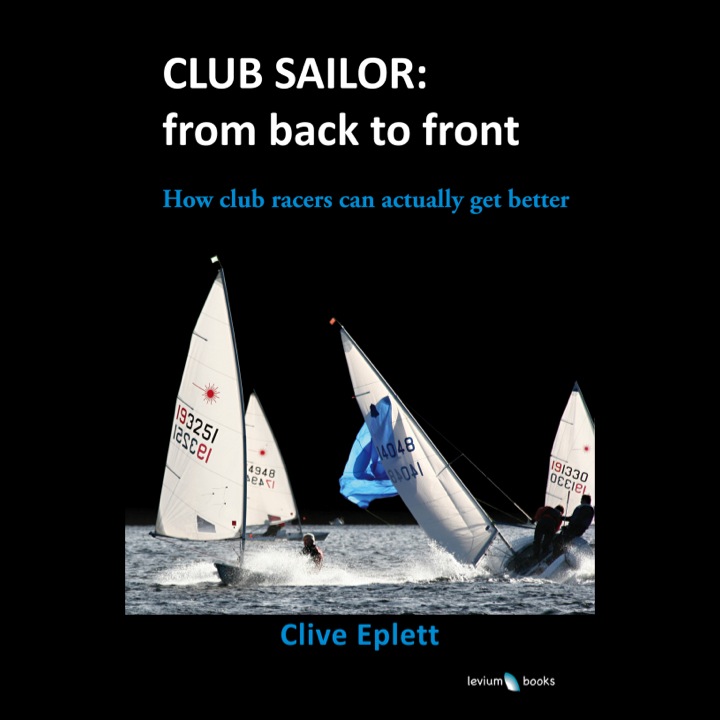
Joined: 15 Mar 11 Online Status: Offline Posts: 1005 |
 Post Options Post Options
 Quote Quote  Reply Reply
 Posted: 24 Apr 12 at 5:54pm Posted: 24 Apr 12 at 5:54pm |
|
Turning back to masthead floats for a mo, as well as the balloon type that gets attached to the main halyard and flaps about in the breeze, there is always the Hobie solution...
 Whether a whippy 700 mast will take the strain in the way a cat tree-trunk-mast would is an interesting thought of course. When i was a boy, many decades ago, cats had floats that were more like disks/Streetlights than Zeppelins, but I cannot find any pics of those. Regards not falling in in the first place, I agree with many of the other comments here Graeme. The rig tension needs to be far higher and, no offence, but I think you should sit down with the boat and someone who fits out dinghies regularly (an Int Canoe or even, arf, a Merlin guru) and completely review the controls. You have lavished huge effort into the hull, but you also need to get the rig and controls sorted. In these days of SMODs, this is a skill many of us have lost, if we ever had it in the first place. Look at ICs for the jib controls but beyond all else, ensure jib and mainsheet tails are spliced, sewn or otherwise irrevocably connected to each other. If you get all the controls working 100% of the time, 100% perfectly, you could potentially eliminate a fair proportion of swims in the first place - this thing was never going to be easy if you dropped it in - the trip to and from the plate looks a 5.9 on the difficulty scale when the much maligned laser is about a 0.8 |
|
 |
|
andy101 
Posting king 
Joined: 11 Jan 11 Online Status: Offline Posts: 176 |
 Post Options Post Options
 Quote Quote  Reply Reply
 Posted: 24 Apr 12 at 6:24pm Posted: 24 Apr 12 at 6:24pm |
|
Pop a keel on it & launch from the harbour - inversion problem 99% over & once the rig is sorted you will have a ball!
|
|
 |
|
rogue 
Really should get out more 

Joined: 04 Dec 08 Location: United Kingdom Online Status: Offline Posts: 978 |
 Post Options Post Options
 Quote Quote  Reply Reply
 Posted: 24 Apr 12 at 6:27pm Posted: 24 Apr 12 at 6:27pm |
|
Yep, although not sure how he'd launch it off the beach!
|
|
|
|
|
 |
|
Post Reply 
|
Page <1 9192939495 142> |
| Forum Jump | Forum Permissions  You cannot post new topics in this forum You cannot reply to topics in this forum You cannot delete your posts in this forum You cannot edit your posts in this forum You cannot create polls in this forum You cannot vote in polls in this forum |
Bulletin Board Software by Web Wiz Forums® version 9.665y
Copyright ©2001-2010 Web Wiz
Change your personal settings, or read our privacy policy
Copyright ©2001-2010 Web Wiz
Change your personal settings, or read our privacy policy











 Printable Version
Printable Version Delicious
Delicious Digg
Digg Facebook
Facebook Furl
Furl Google
Google MySpace
MySpace Newsvine
Newsvine reddit
reddit StumbleUpon
StumbleUpon Twitter
Twitter Windows Live
Windows Live Yahoo Bookmarks
Yahoo Bookmarks Topic Options
Topic Options